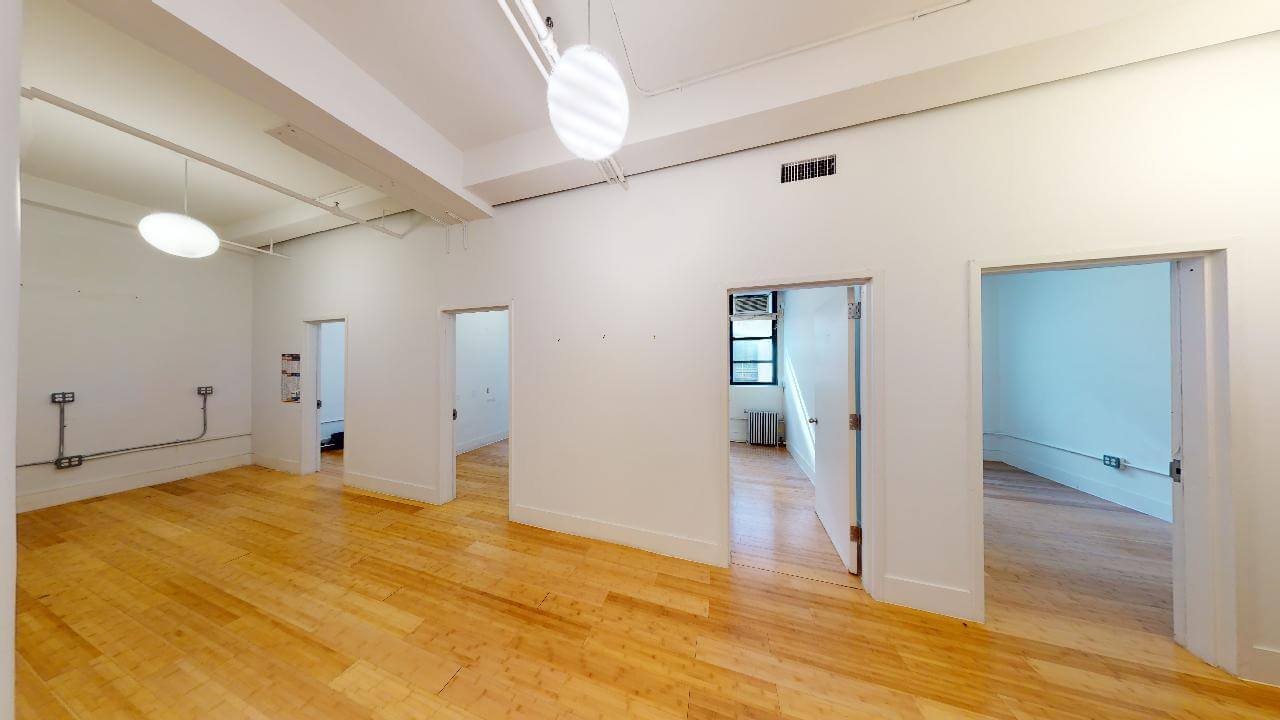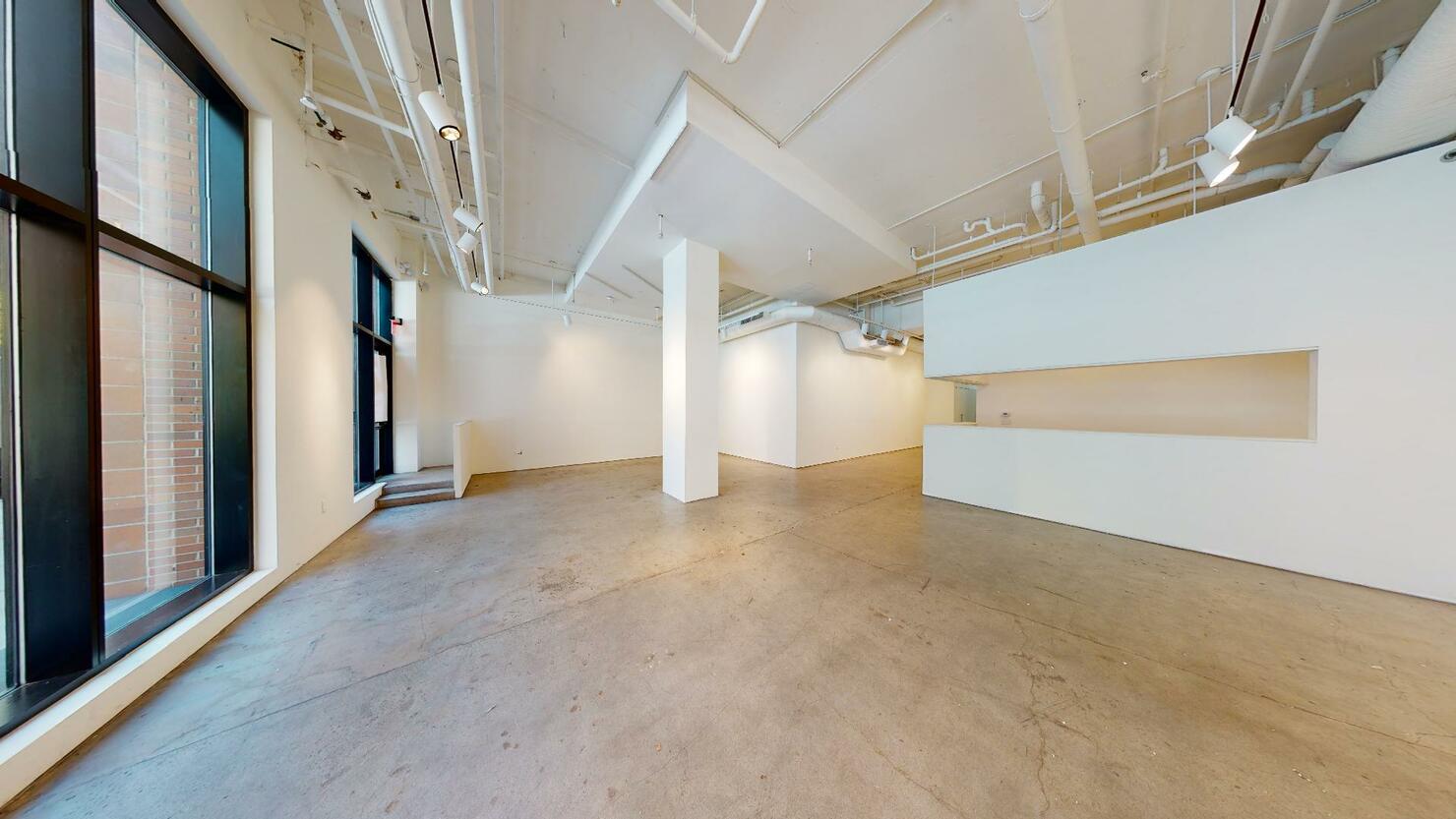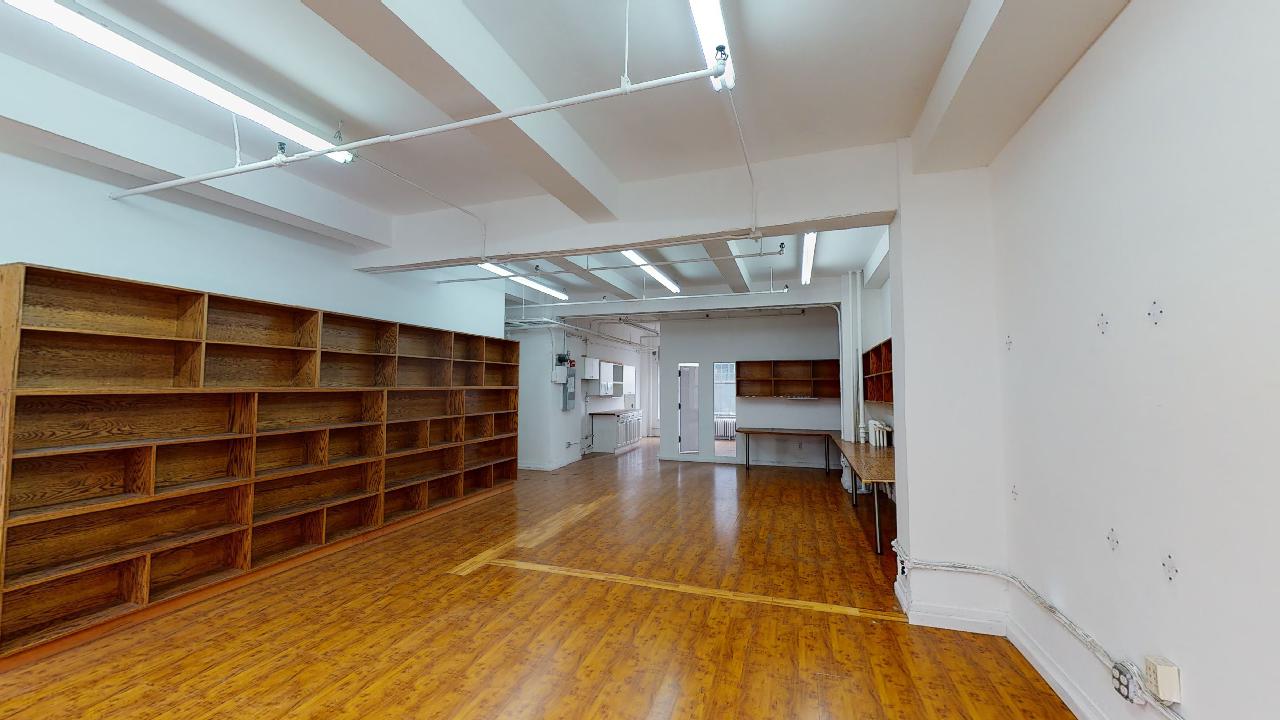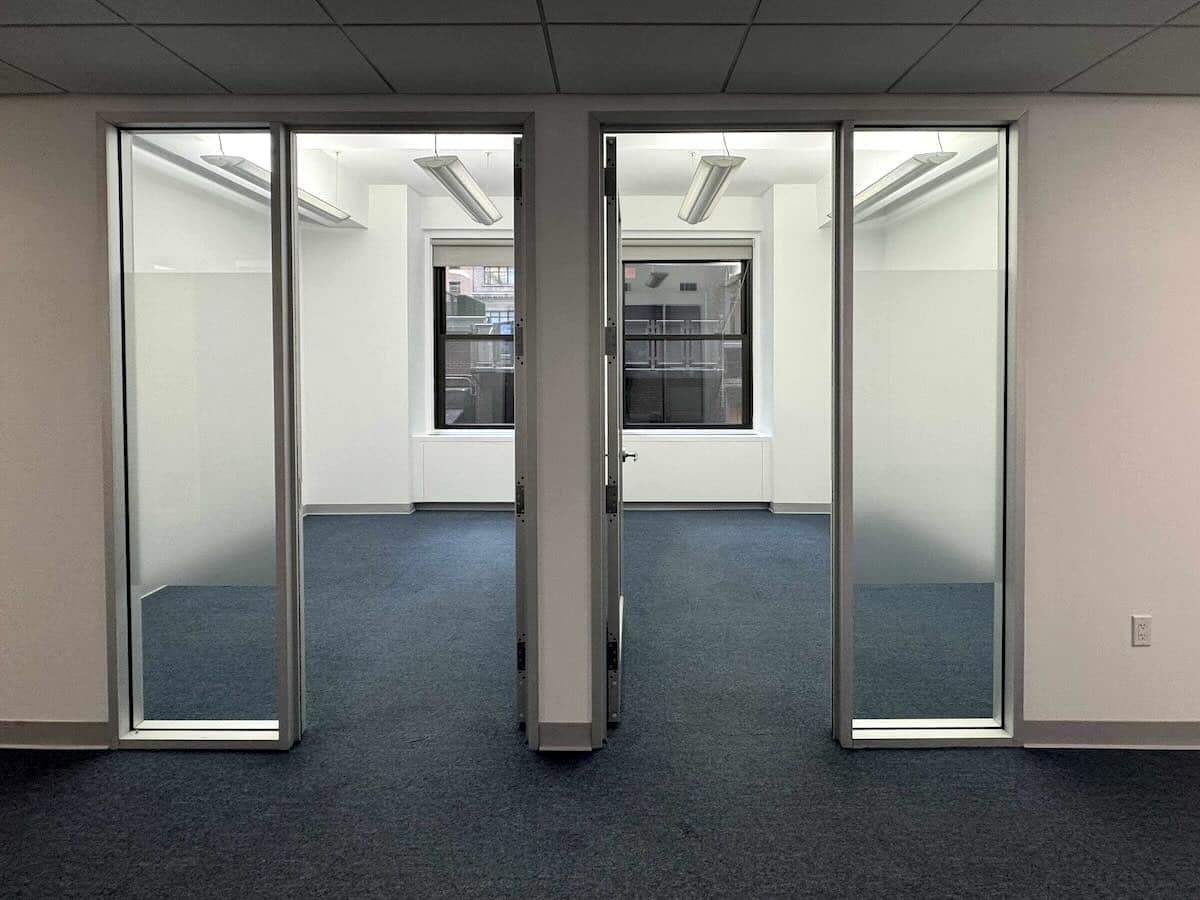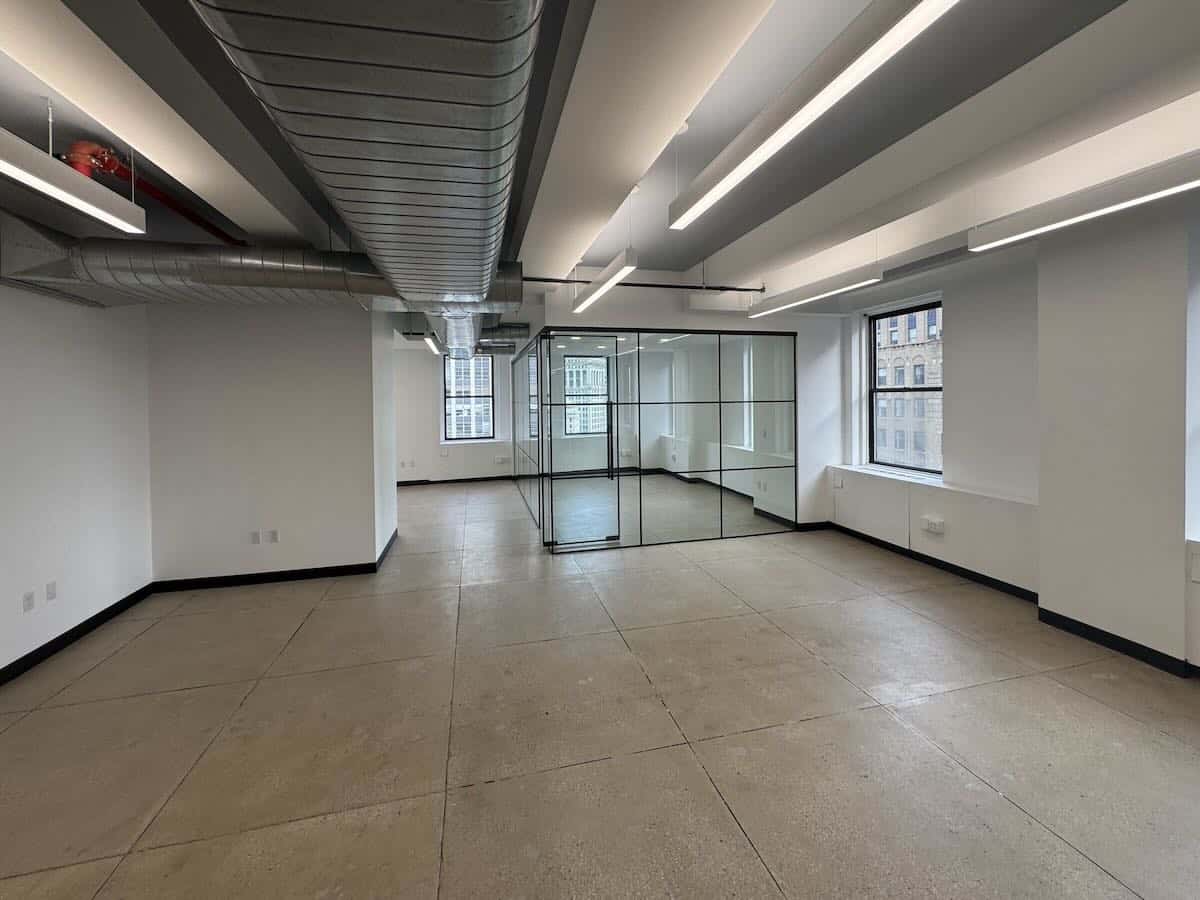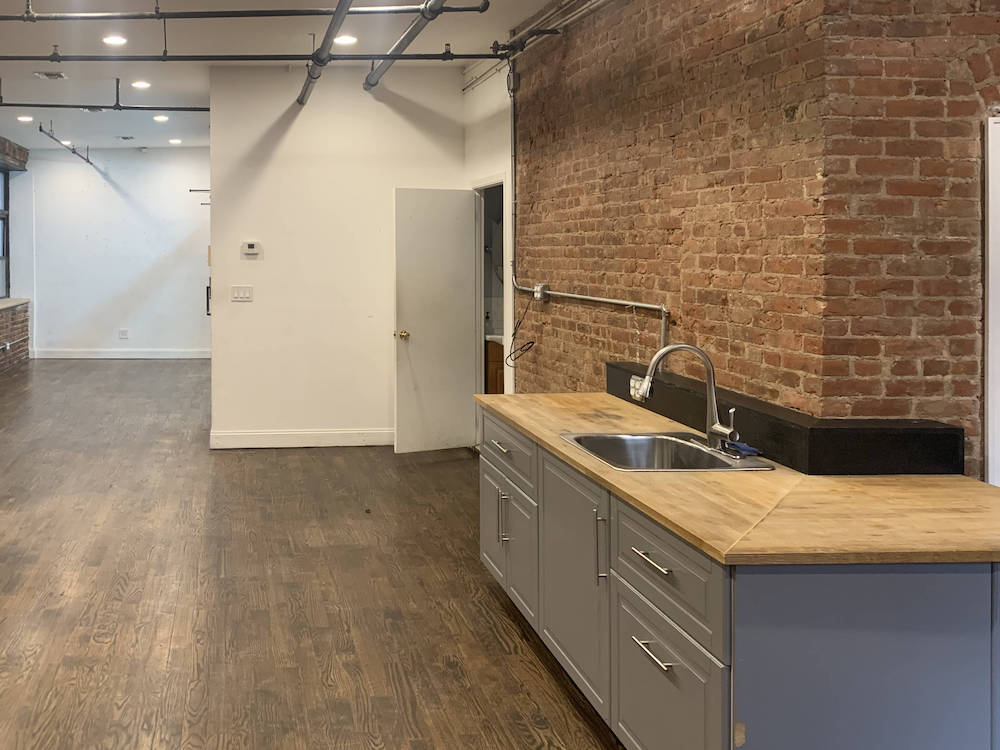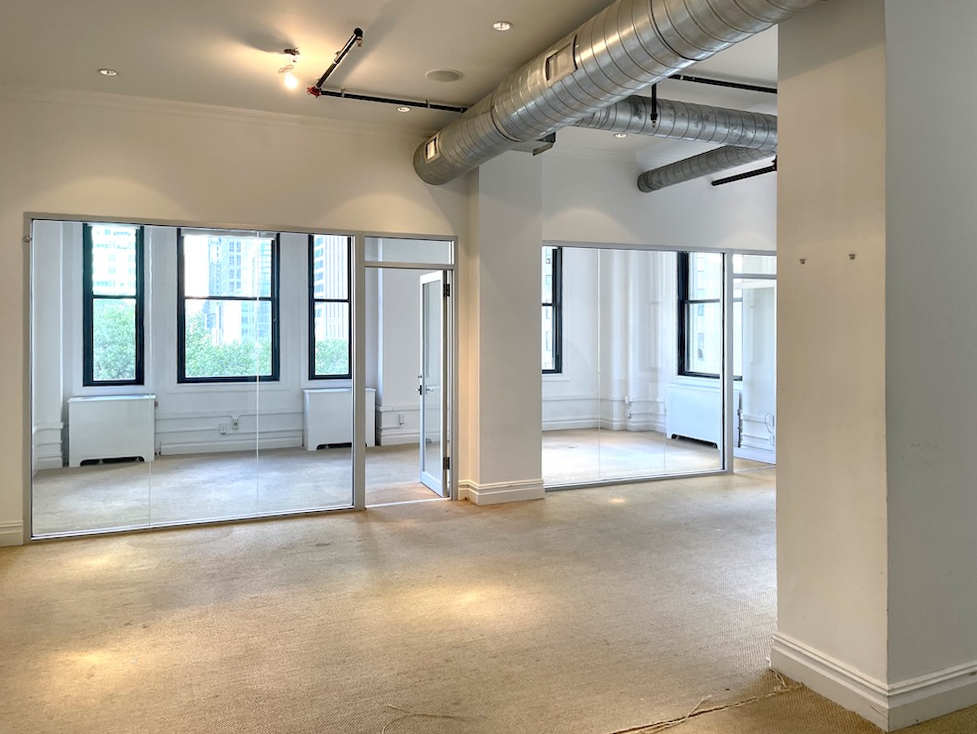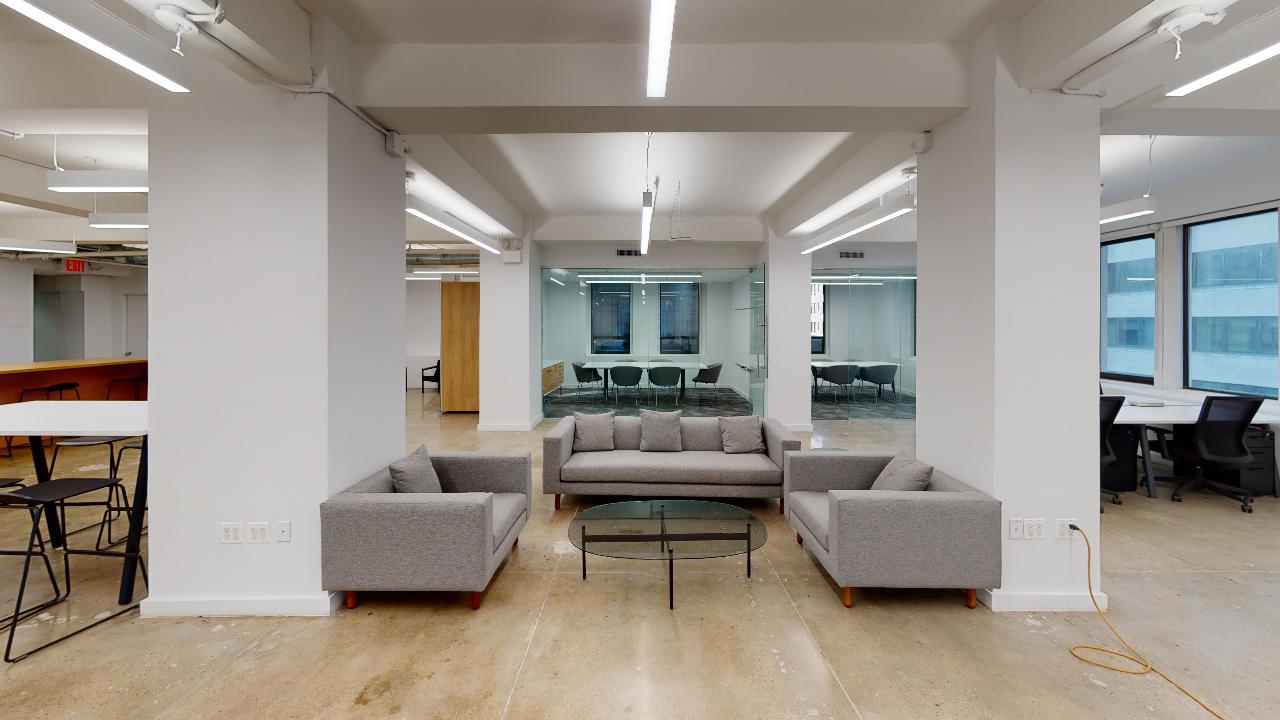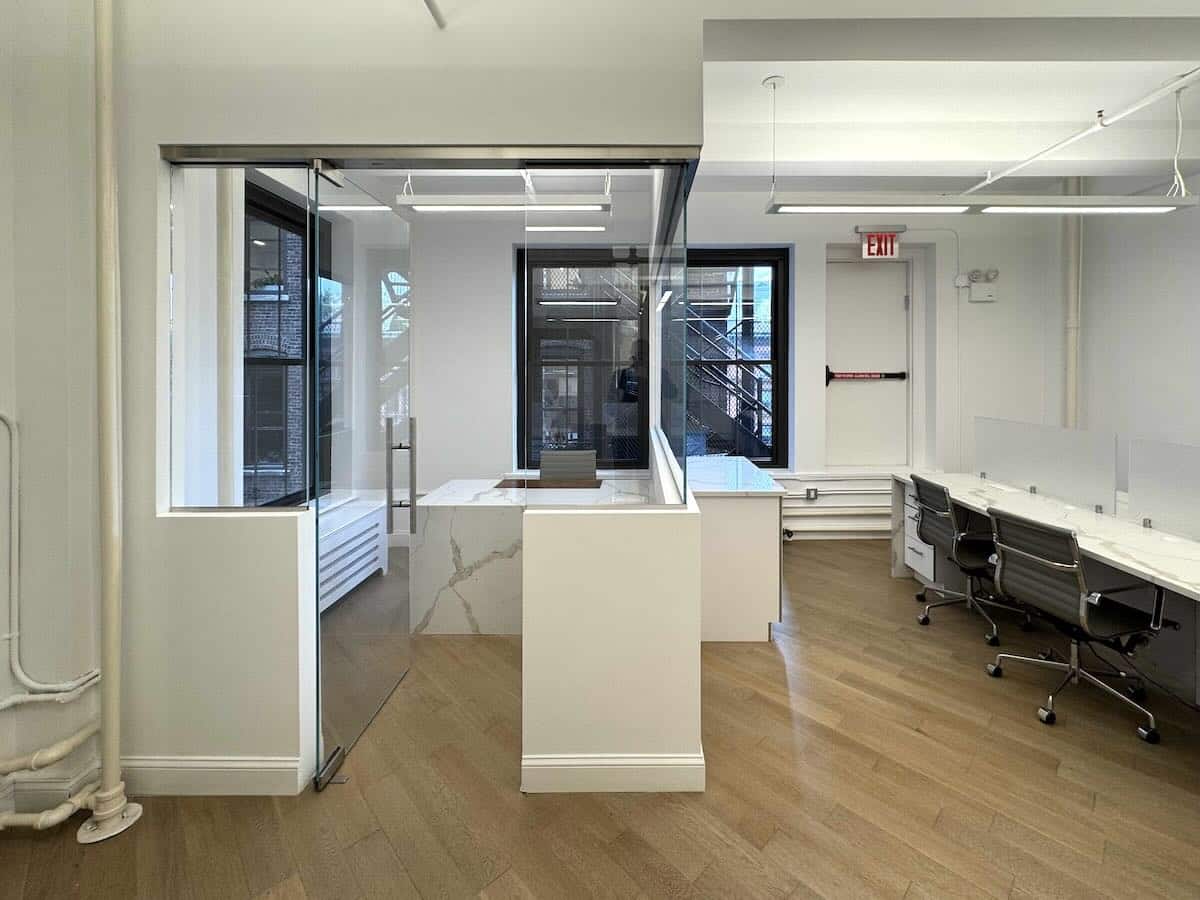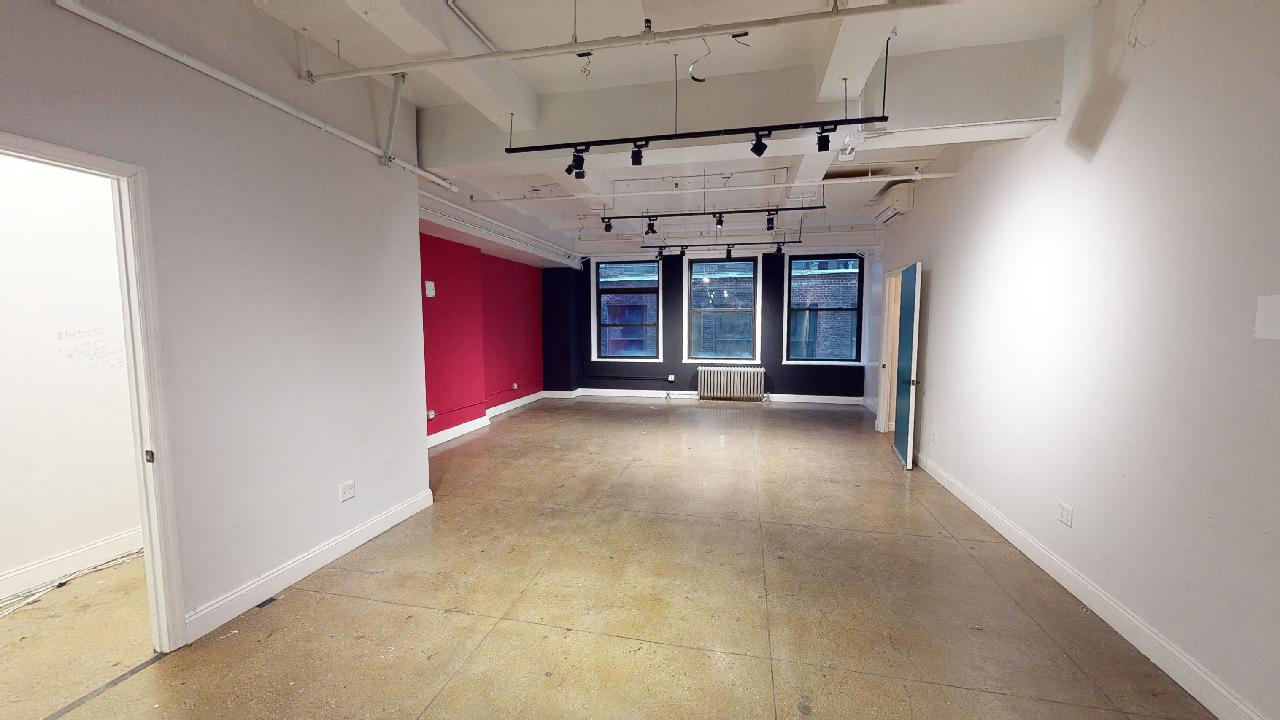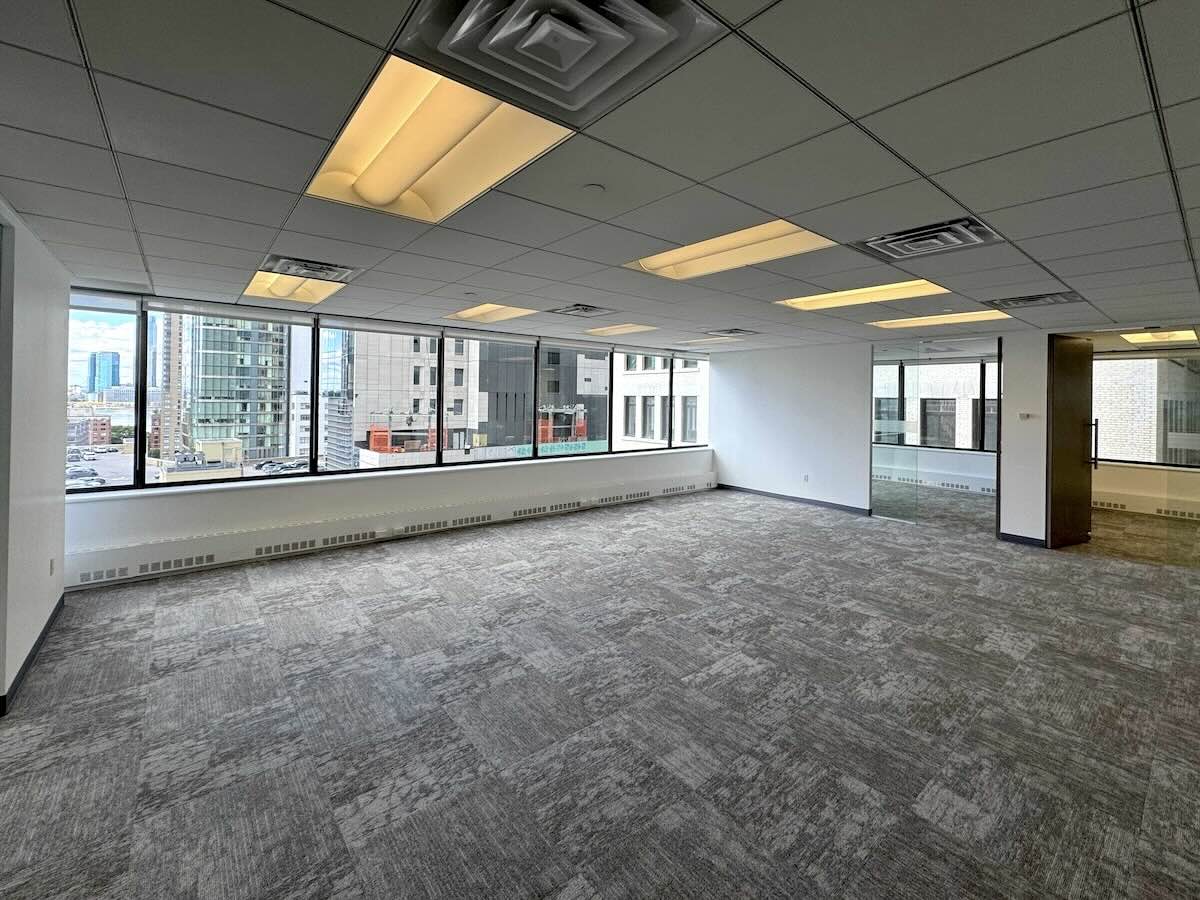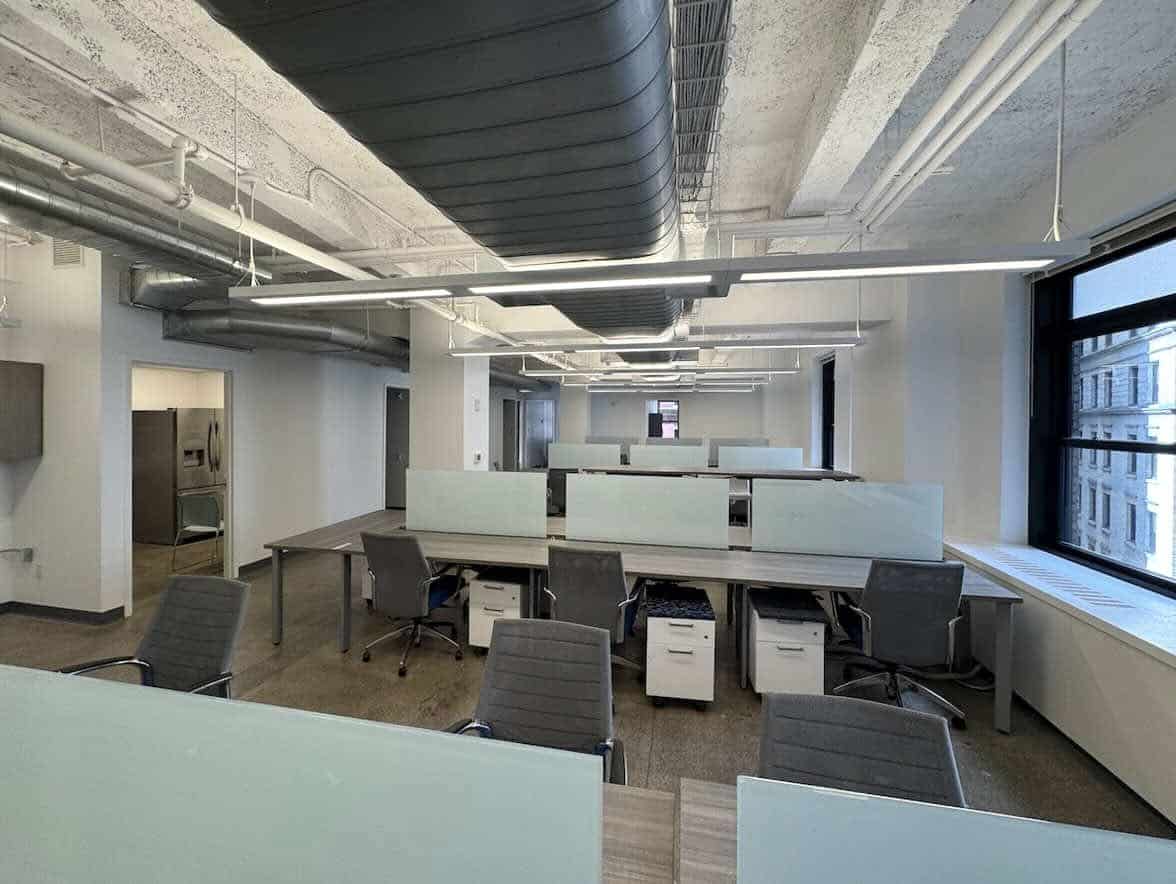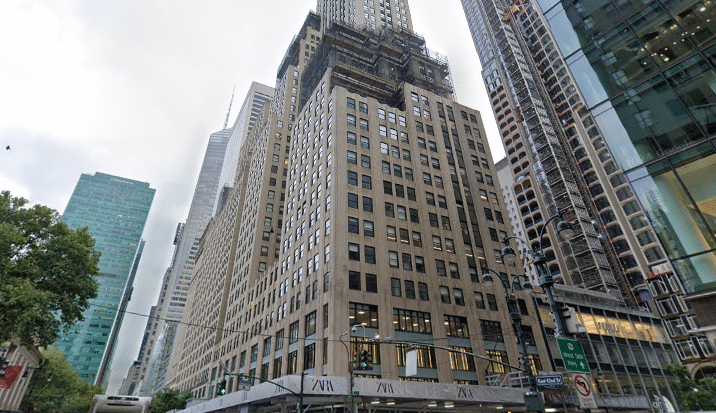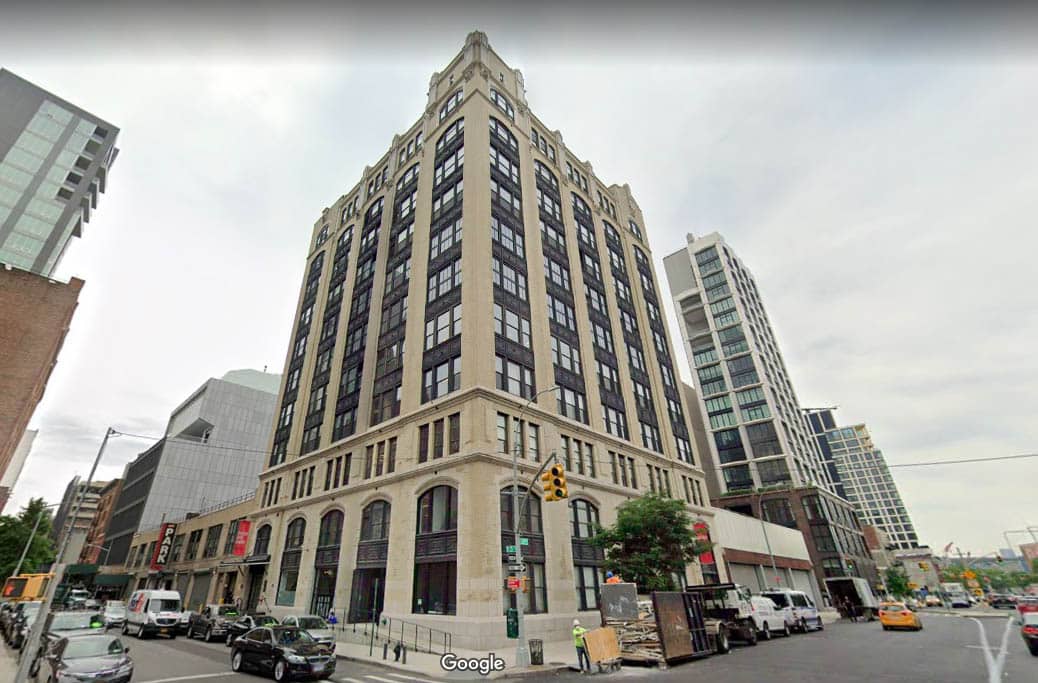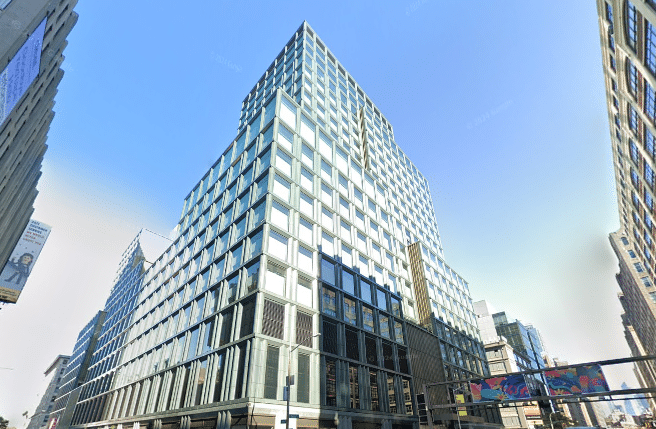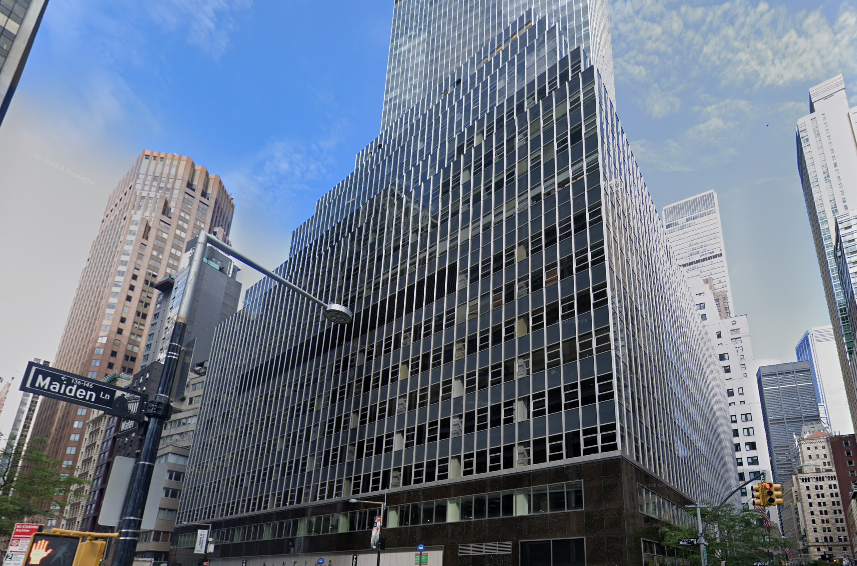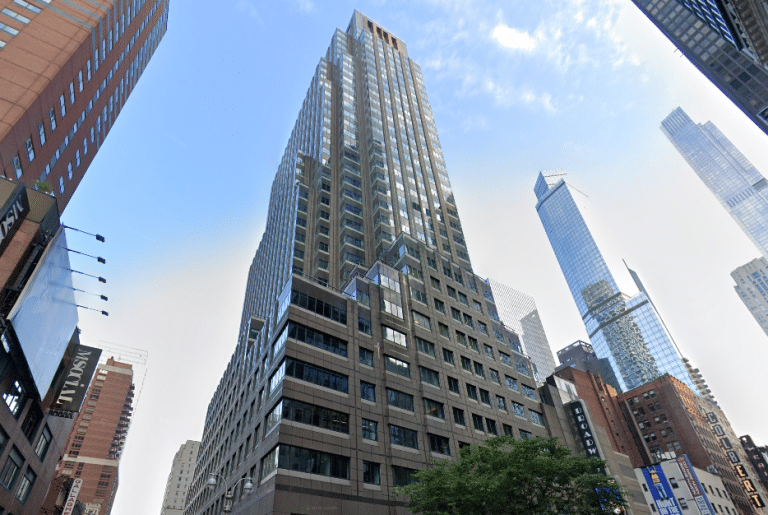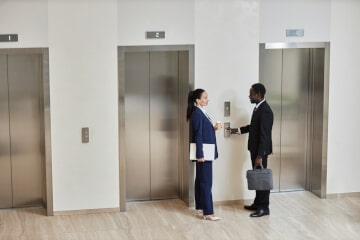Few terms make brokers and tenants in New York City squirm these days like “loss factor.” Loss factor is essentially the amount of communal space for which a tenant pays, but which is not included in the actual size of the office. Examples of common areas that contribute to loss factor can include the building’s lobby, janitor closets and elevator shafts. Loss factor made headlines recently when a news story reported on a small office tenant who sued his landlord for nearly $300,000 due to damages incurred by the owner’s apparent miscalculation of rentable square footage (RSF). The story illustrated why loss factor is an important term to understand before signing a lease.
Brokers Know Areas with Low Loss Factor
The loss factor is primarily unique to New York City. In other parts of the country, communal space in a building is typically paid for by Common Area Maintenance (CAM) fees. Within the NYC office real estate market, loss factor varies from building to building, which is why it helps to speak with a broker who can tell you which spaces have the lowest loss factor and why. For instance, renting a full floor in a boutique building will result in a reduced loss factor. There is a long-term financial benefit to consulting with a broker who knows where to rent office space for the best value.
Calculating Loss Factor in New York
After finding the right match in location, size and unit type for your business, ask your broker to help you determine what the rentable area is. This space, called the Rentable Square Footage (RSF), is also known as the Carpetable or Assignable Area that you will use for your daily office operations. This is especially important for smaller tenants who usually do not occupy a full floor. The more divisible a floor is, the higher the loss factor for the tenant, and the more arbitrary it becomes to determine the exact number.
To determine the loss factor of a particular office space, you need to know the Rentable Square Footage and the Usable Square Footage. For example, if the USF is 10,000 square feet, and the RSF is 7,000 square feet, then the loss factor is 30 percent. According to some reports, the standard in New York City is roughly 25 percent, and as long as loss factors are reasonably close to this number, brokers and tenants have accepted the terms as one of the many confounded but necessary leasing agreements determined by landlords.
But those standards are experiencing change. In light of the recent lawsuit mentioned above, and given the fact that new buildings are constructed with different floor plans and building envelopes (not to mention the fact that cutting-edge technology allows us to measure building space accurately to a granular level), tenants may soon have more control than ever before. Revisions to the standard loss factor percentage – and the methods in which it is measured – are on the horizon.
Before You Sign a Commercial Lease
In the meantime, it is important to ask yourself the following questions before inking your signature on a lease:
1. What are the Rentable Square Footage and Usable Square Footage of the space?
Ask your broker for assistance in calculating these measurements.
2. How does the building’s loss factor compare with the standard for loss factor in New York?
Hire an architect to compare CAD drawings of similar buildings.
3. What tenant improvement allowances will the landlord offer based on its Rentable area, and how do these compare with the contractors’ construction bids?
To help answer these questions, as well as to get a more in-depth explanation about loss factor in New York, contact Metro Manhattan Office Space Principal Broker Alan Rosinsky at 212-444-2241.


